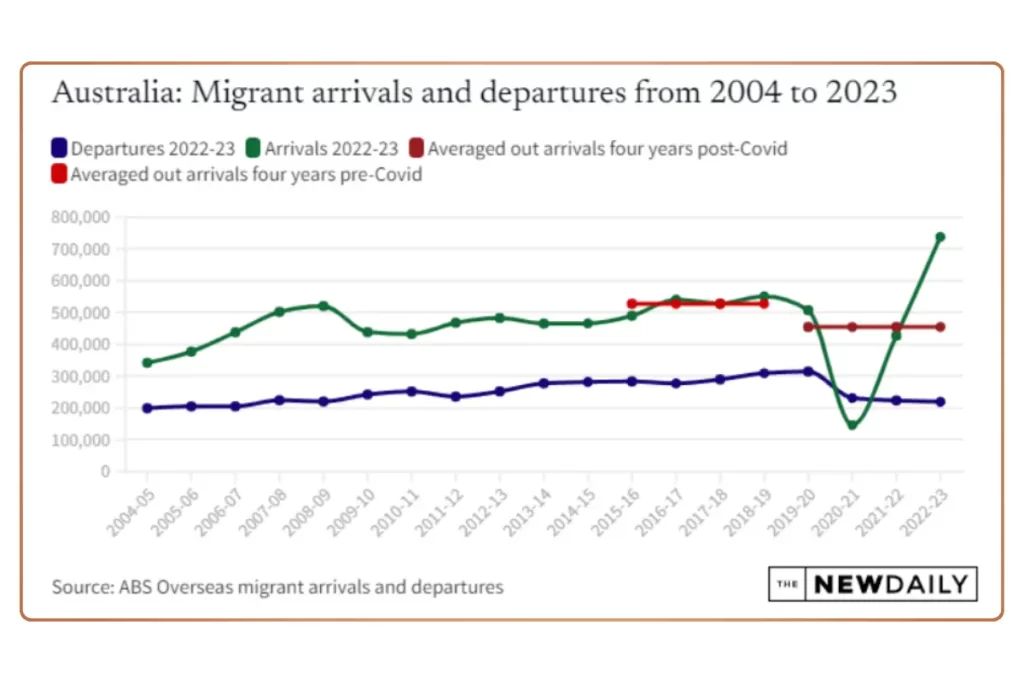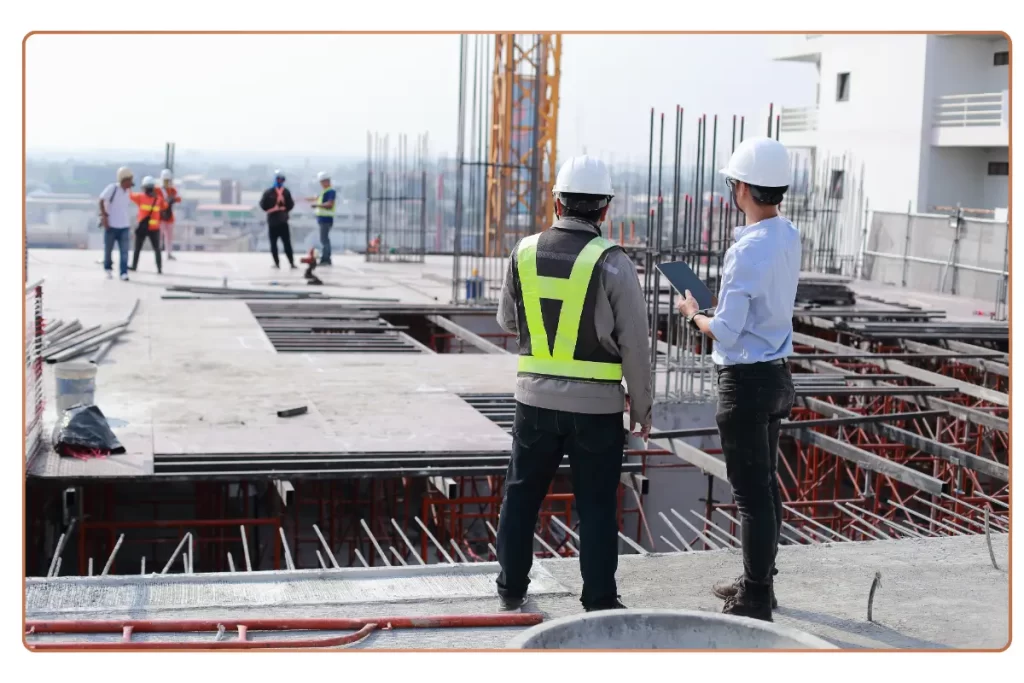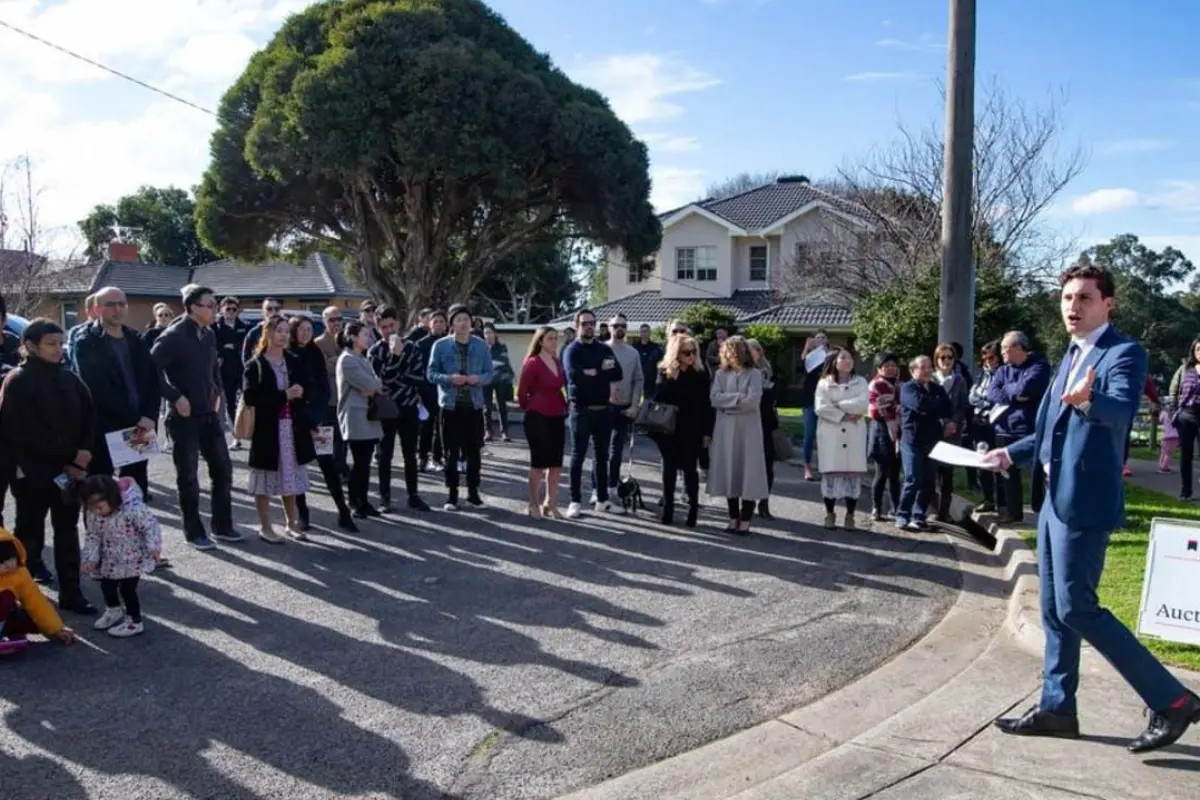Table of Contents
- Introduction
- Rapid Population Growth
- Limited Land Supply
- Rising Construction Costs
- Regulatory and Planning Challenges
- Investment and Market Dynamics
- Socioeconomic Factors
- Conclusion
Introduction
Melbourne, like much of Victoria, is currently facing a critical housing shortage. This shortage stems from a variety of factors that are interlinked, making it a complex issue. Understanding the key causes is essential for addressing the shortfall and improving housing availability and affordability.
Rapid Population Growth
Melbourne has experienced significant population growth in recent years.
The Australian Bureau of Statistics reports that Melbourne is one of the fastest-growing cities in the country. This growth is primarily due to Melbourne’s strong job market, world-class education opportunities, and high standard of living.
- In 2022-23, migrant arrivals surged to 737,000, up from 427,000 the previous year.
- During the pandemic, migration decreased due to travel restrictions, but numbers have since rebounded, surpassing pre-pandemic levels.

Additionally, Australia’s rising life expectancy – which has increased by almost six years over the past 30 years – means people require housing for longer, further straining supply. However, declining birth rates mean that without migration, the population would eventually begin to shrink. Currently, Victoria sees a net population increase of approximately 186,000 people per year, all of whom need housing.
Limited Land Supply
Most of Melbourne’s population resides in urban areas, intensifying the demand for housing in cities and suburbs. The geographical boundaries of Melbourne, such as Port Phillip Bay to the south and the Dandenong Ranges to the east, limit the availability of land for new development.
Melbourne’s Urban Growth Boundaries (UGBs) were implemented to control sprawl and protect green spaces. However, these restrictions have contributed to the housing shortage by limiting the land available for development.
Rising Construction Costs

The cost of building new homes has skyrocketed due to rising prices for construction materials and labour.
Global supply chain disruptions and local labour shortages have pushed up construction costs significantly.
Australia’s construction workforce of approximately 1.35 million is struggling to meet the demand. According to Master Builders Australia, the industry will need at least 593,000 new workers over the next five years to keep up.
Additionally, increasingly stringent regulations have added to construction costs, deterring developers from pursuing new projects or causing them to pass these costs onto buyers.
Regulatory and Planning Challenges
The approval process for new housing developments is often slow and complicated. Navigating the various layers of government regulation can result in significant delays and increased costs.
Zoning laws in Melbourne can restrict the types of housing that can be built in certain areas. For example, low-density zoning limits the construction of higher-density housing options like apartment buildings, which could accommodate more people.
Such delays in obtaining planning permits and meeting zoning requirements can add years to a project’s timeline, further exacerbating the housing shortage.
Investment and Market Dynamics
A large percentage of housing in Victoria is owned by investors. Both domestic and international buyers are contributing to rising property prices, reducing the availability of homes for first-time buyers and owner-occupiers.
Speculative practices, where investors hold onto properties in anticipation of rising prices, can further restrict the supply of homes.
Moreover, inflation and higher interest rates have made financing new developments more expensive, reducing profits for investors and contributing to the stagnation in housing supply.
Socioeconomic Factors
Wage stagnation and income inequality have made it harder for many Melbourne residents to afford housing. While property prices and rents have surged, incomes have not kept pace, leading to widespread affordability issues.
There is also a mismatch between the type of housing being built and what residents are looking for. The growing demand for smaller households and apartment living has not always been met by the supply of suitable housing options, further contributing to the shortage.
Conclusion
Melbourne’s housing shortage is a complex issue caused by rapid population growth, limited land supply, rising construction costs, regulatory hurdles, investment dynamics, and socioeconomic disparities.
Addressing this shortage requires a coordinated effort between the government, industry, and community stakeholders. Strategies must be implemented to increase the housing supply, streamline regulations, manage urban growth effectively, and ensure affordability for residents. Property buying agents, with their in-depth market knowledge, can help buyers navigate these challenges and secure housing in a competitive market.
By adopting comprehensive, multifaceted approaches, Melbourne can work towards a more sustainable and equitable housing future for its residents.
At InvestPlus, we provide diverse house and land packages throughout Australia, strategically positioned in locations recognised for their Strong growth prospects. By collaborating with trusted developers and builders, we ensure the quality and value of your investment. For further information on securing your real estate investment, please contact us using the details provided below.

